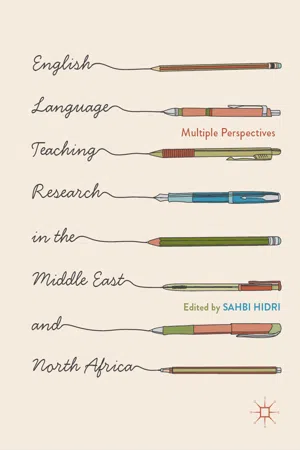1 Introduction
The field of language testing has traditionally been guided by second-language acquisition (SLA) and applied linguistics informed theories including perceptions of language accuracy, adherence to native speaker norms and achieving native speaker proficiency (Davies, 2013). A language norm is defined as ‘a standard language form or practice that serves as a reference point for other language forms or practices’ (Bamgbose, 1987, p. 105). Bamgbose (1998) distinguishes between code, feature and behavioural norms; however, the adoption of a code norm via adopting a particular standard variety of a language is also connected to them using its features and understanding its expected patterns of pragmatic behavioural use (Bamgbose, 1998).
This chapter explicitly focuses on feature norms, which are linguistic features of a lexical and grammatical nature, with the assumption that the other two types of norms may be facilitated through using feature norms. Traditional SLA theories promote a monocentric view of language that supports the native speaker model as being the only viable testing and teaching model. This view of language has been challenged and continues to be debated by scholars in the paradigms of ‘World Englishes’, ‘English as a Lingua Franca’ (ELF) and ‘Critical Language Testing’ which champion a localised and pluralistic view of the English language (Kachru, 1982; Tomlinson, 2010). These scholars advocate the inclusion of non-native varieties of English in test items and their acceptance as test answers in local and international tests. Tupas (2015) points out that despite the spread of English and non-native speakers (NNSs) shaping the language, their English is still viewed as ‘unequal’ to native speaker (NS) English, and while few scholars now argue staunchly that non-native feature inclusion is not theoretically justified (e.g., Davidson, 2009), there remain fundamental problems in identifying, describing and gauging the acceptability of these non-native varieties in testing practices.
Kachru’s (1986) ‘Three Circles of English’ have highlighted how use and variation in English has spread. Under this work, Kachru (1986) divides countries into inner, outer and expanding circle countries where inner circle countries include traditional colonising countries such as the UK and USA which have had traditional ownership of the English language and had stable, robust codifications (official documentations) of their language norms over long periods of time (Hamid, Zhu, & Baldauf, 2014). Outer circle countries include countries where English is not the native language, but it plays an official role in countries’ governments and institutions, for example, in India and Pakistan. Expanding circle countries are those where English has no historical or governmental role but acts as a foreign language or lingua franca including in Europe and Middle Eastern countries (Kachru, 1986). Kachru (1986) outlines how different variations of English are being used around the world and these variations should be viewed legitimately and included in teaching and testing practices.
This chapter maps out the landscape of such a debate before considering its relevance to the MENA region and how this work can progress more widely. While the chapter is contextualised in the MENA region, examples will be drawn on from a range of similar linguistic regions whose varieties have been studied to highlight the value of this work.
The chapter addresses five central questions:
- 1.What are the main theoretical debates concerning the use of non-native varieties of English in language tests?
- 2.To what extent are these debates relevant to the MENA context?
- 3.What criteria have been used to identify features of non-native varieties thus far in existing literature?
- 4.How can these criteria be operationalised in research studies that seek to (a) describe the English of the MENA region and (b) gauge its acceptance for test use or test accepted answers?
- 5.What challenges lie ahead in the description and implementation of features as test items and test answers?
2 What Are the Main Theoretical Debates Surrounding the Use of Non-native Varieties of English in Language Tests?
The theoretical debate concerning the use and a...
